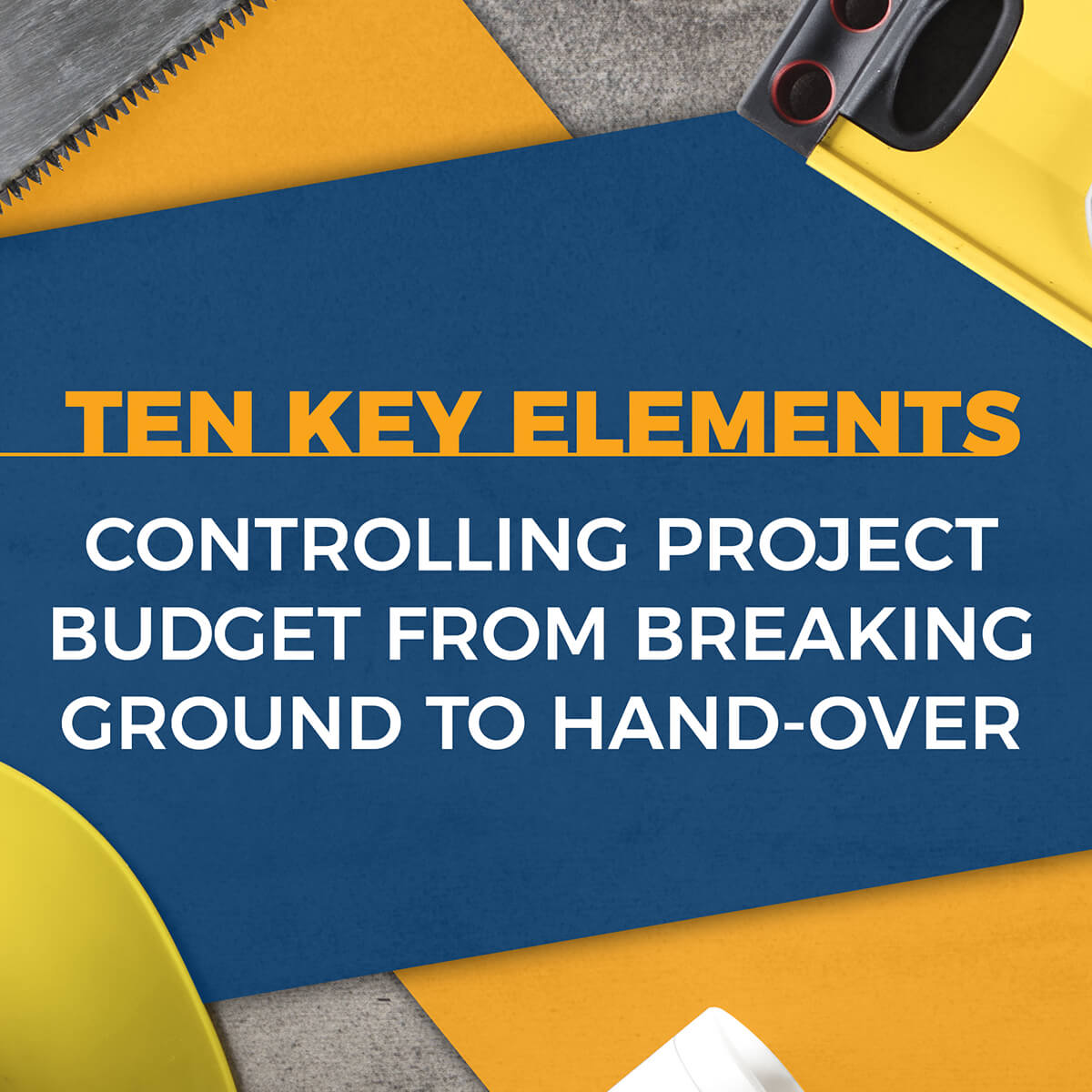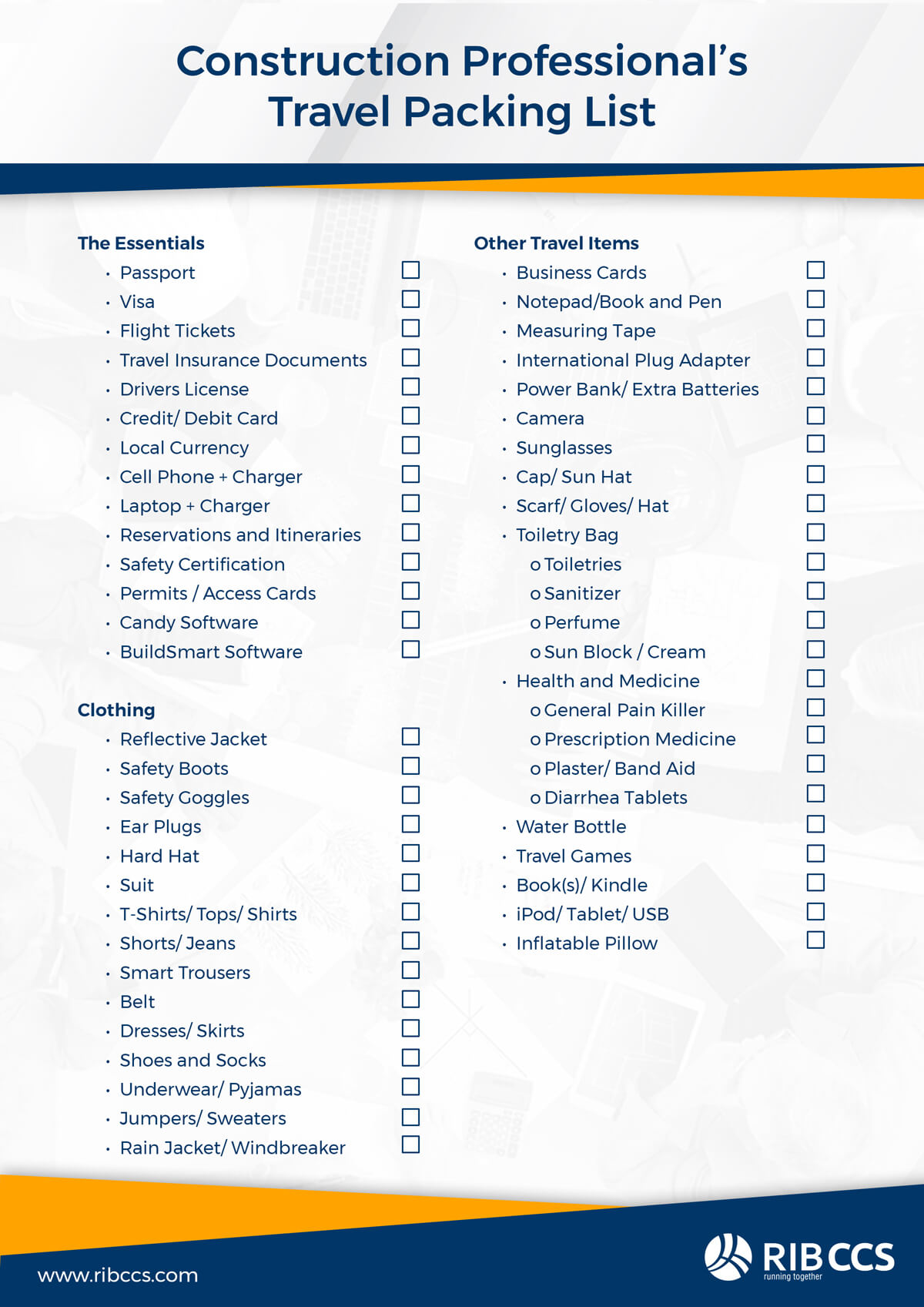SA Budget 2019: a fine balancing act!

Introduction
Finance Minister Tito Mboweni’s maiden budget speech, next week, will be delivered against the backdrop of slower and weaker economic growth coupled with deteriorating public finances.
This year’s budget will therefore need to focus on strengthening interventions meant to pull the economy out of slow growth. However, with growth being projected to be less than 1%, there is little or no room for both tax cuts and spending increases to stimulate growth. The challenge facing Mboweni is how to raise fiscal revenues without raising tax rates. This year’s budget is likely to be more about shifting around resources between priorities.
With elections on the horizon, raising taxes is a no starter. The general public tends to link tax rates with the satisfaction levels about government performance. It would, therefore, be very risky for the government to raise tax rates in an election year. Thus, the possibility of revenues expanding to cover government spending will likely not be driven by an increase in corporate and personal taxes.
Value Added Tax is also unlikely to be increased because higher VAT means that goods and services purchased like food, furniture cars, and other purchases become less affordable and may trigger public backlash.
Of concern is that the current trajectory for baseline spending and revenues is likely to drive the fiscal deficit higher and the key thing to note is that already interest spending by government forms a significant part of the budget because of fiscal debt.
9 Things for Budget 2019
1. Subdued Economic Growth
In the Medium Term Budget Policy Statement, GDP growth was revised from 1.5 to 0.7 per cent following a recession in the first half of the year. The economic outlook remains weaker than projected in the 2018 Budget. The treasury is expected to announce revised growth projection higher than MTBPS announcement of 0.7 per annum but still below 1 per cent. Treasury is likely to announce a gradual recovery of at least 2.0 per cent over the MTEF by 2021 as confidence grows and investment gathers pace.
It is expected that treasury will provide more clarity on Government’s economic stimulus and recovery plan, which is intended to support a return to higher growth over the medium term. This stimulus will ideally constitute of a combination of policy certainty, growth-enabling economic reforms, improved governance, and partnerships with business labour and infrastructure spending.
2. Revenue Shortfall
In light of the technical recession and a weak macro-economic environment, In the MTBPS[1], Treasury revised its revenue target to R1.32 billion a downward revision of R27.4 billion. At the end of December 2018, SARS[2] had collected R935.9 billion leaving close to R400 billion to be collected in quarter 4 of the fiscal year. Treasury is expected to announce a further revenue shortfall in its 2019 Budget. Shortfalls are expected in Personal income tax, corporate income tax, and value added tax. Despite the introduction of higher VAT rates in 2018, the shortfall in value added tax will be largely driven by a backlog of VAT refunds at SARS, and an underestimation of refunds due. Weak tax collections will further mean downward revenue projections over the MTEF[3]. In aggregate, tax revenue as a per cent of GDP is expected to remain above 29 per cent as revenue shortfalls were on the back of weak GDP growth.
3. Tax Proposals
The Minister is not expected to announce any increases in key tax rates. However, the minister is expected to give far less tax relief to personal income tax payers in order fill the tax gap. The minister is also expected to announce adjustments to further make the tax system more progressive. These will include progressive tax measures on wealth linked taxes like estate duties and dividend taxes. The Minister is also expected to announce SARS reforms to improve tax collection and tax morality.
4. Expenditure outlook and allocation
The treasury is expected to announce that the expenditure ceiling will be maintained over the MTEF. Non-interest expenditure will remain above 26 per cent of GDP, broadly unchanged over the medium term. In the MTBPS treasury announced that non-interest[4] spending will experience on average of 1.9 per cent per year real growth over the MTEF. In the MTBPS treasury announced that it will draw R7 billion in 2019/20, R8 billion in 2020/21 and R12 billion in 2021/22 from the contingency reserve. Treasury is expected to increase its reliance on the contingency reserves. Treasury is not likely to deviate from the trend on allocating expenditure to basic education, health, social protection, and economic development. Together, these four function groups account for more than 60 per cent of government expenditure. Additionally, an announcement on the national health insurance grant is expected.
5. Debt and Debt Service Costs
Debt and debt service costs are the fastest growing expenditure item in the budget. In excess of R 3 trillion, gross debt is projected to stabilize at 59.6 per cent of GDP in 2023/24. High Debt levels mean higher debt servicing costs over the MTEF. The cost of servicing government debt is expected to exceed R200 billion per annum over the MTEF. This reflects a larger main budget deficit, currency depreciation, and higher interest rates. An estimated 15 per cent of main budget revenue will be used to service debt over the MTEF.
6. Budget Deficit
In light of rising debt service costs over the MTEF treasury is expected to announce an average budget deficit of R250 billion which represents a main budget deficit of at 4.3 per cent of GDP. Rating agencies are likely to frown on this announcement.
7. Allocation to provinces
Over the MTEF period, R2 trillion will be transferred to provinces. With KwaZulu Natal and the Gauteng City Region accounting for the largest share in transfers. The table below summarizes provincial shares announced over the MTBPS. These shares are expected to remain largely unchanged.

8. Infrastructure allocation.
As announced in the MTBPS, over the 2019 MTEF period, total infrastructure spending is
estimated to be R484.9 billion. These projects will be financed at national, provincial and local government levels, or in public entities, as well as public investment in public-private partnerships.
9. Reforms on State Owned Corporations
The already weak financial position of SOCs continues to deteriorate. Declining profitability is partly a reflection of mismanagement, operational inefficiencies, and rising financing costs. SOCs rely mainly on debt to fund infrastructure and operational requirements. Lenders have taken a more active stance in reaction to the governance failures. Treasury is expected to announce reforms to improve governance and reduce liquidity constraints. These reforms should include operational interventions – including, where appropriate, private-sector participation.
Most Recent
Ready To Take Your Business To The Next Level?
Let's talkDownload our free Ebook

- The new normal of construction is digital
- MTWO Complete Construction Cloud
- One unified platform for project and enterprise digital management
- How to implement the Complete Construction Cloud
Download our free Ebook

- Putting connectivity and scalability in the center of a long-term digital strategy.
- Adding sustainability to the digital agenda.
- Adopting integrated platform instead of disconnected point solutions.
Download our free Ebook

- The Inherent Flaws of Generic ERP
- Build Better with BuildSmart
- BuildSmart Highlights
- The Way Forward
Download our free Ebook
.jpg) Your business will benefit from:
Your business will benefit from:
- Huge time savings in BOQ pricing
- Better Project Planning
- Increase your ROI on all projects
- Detailed bid analysis
- Powerful reporting capabilities
Download our free Ebook
.png)
- What are these 5 pillars?
- Why are they essential to your change management plan?
Download our free Ebook

- Our tips for positioning to win construction contracts against the backdrop of a hungry and competitive construction industry.
Download our free Ebook

- How Technology addresses the challenges of the Construction Industry
- ‘One source of truth’ as a principle at use in the industry today that provides a totally integrated view of costs, offering a direct impact on outcomes.
- Man, Machine and Money – meaningful links in your construction company
Download our free Ebook

- Learn how to retrieve data that drives control
- Control budgets across projects
- Increase your ROI on all projects
DOWNLOAD OUR FREE TRAVEL PACKING LIST
 Don’t know what to pack for your
Don’t know what to pack for your next business trip?
We’ve got you covered!
Get It Now




